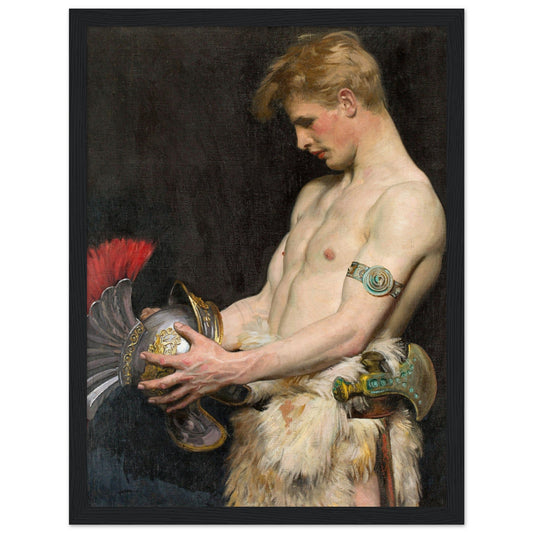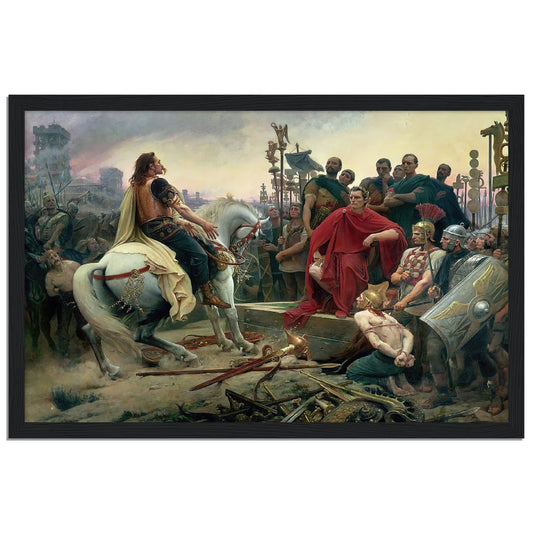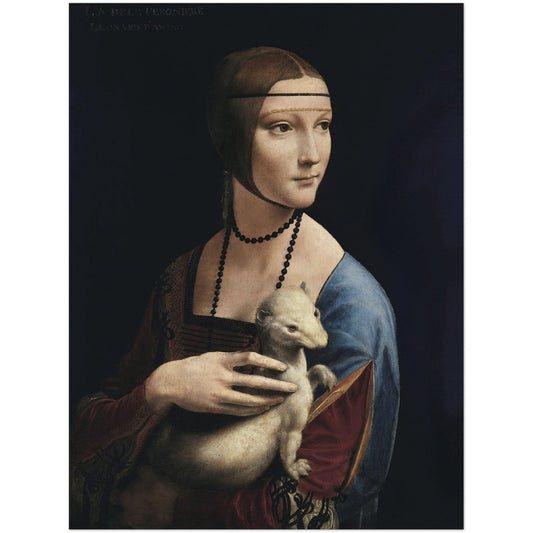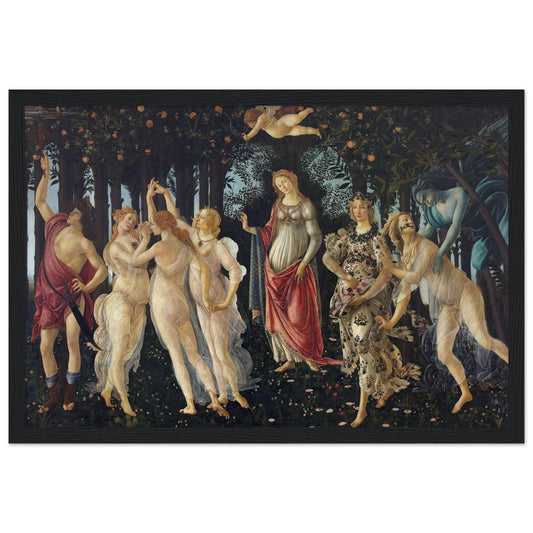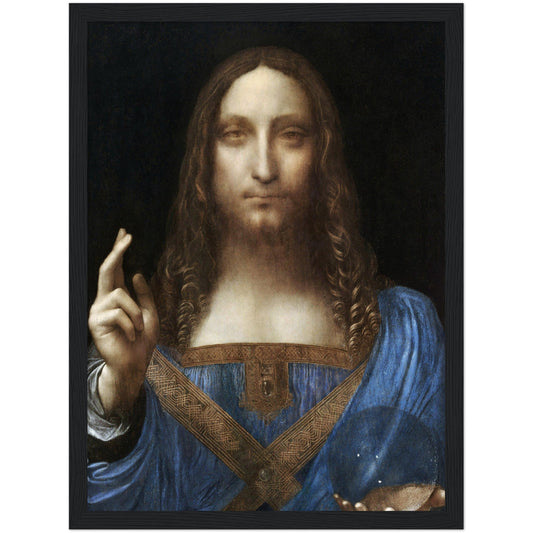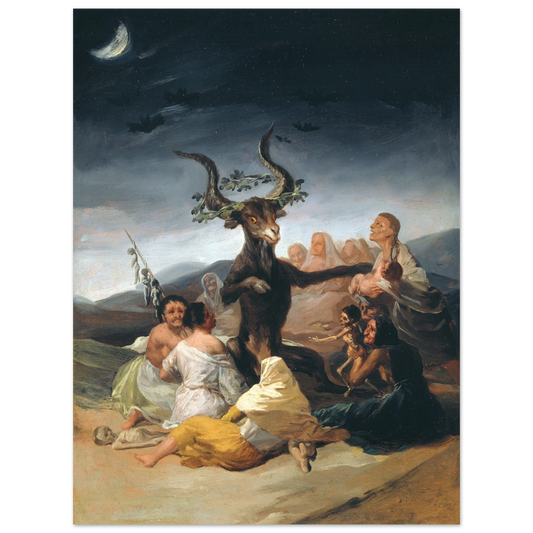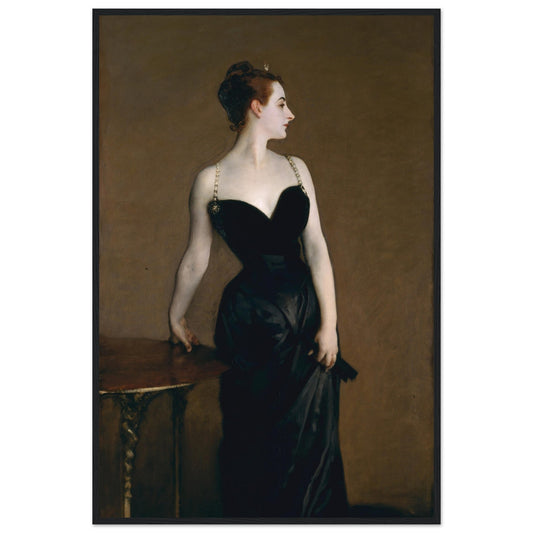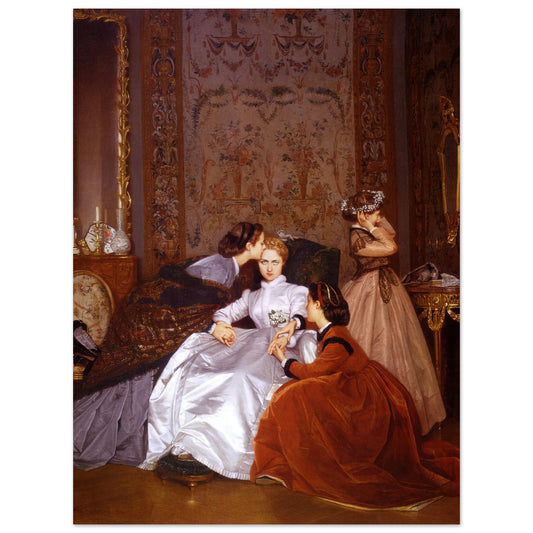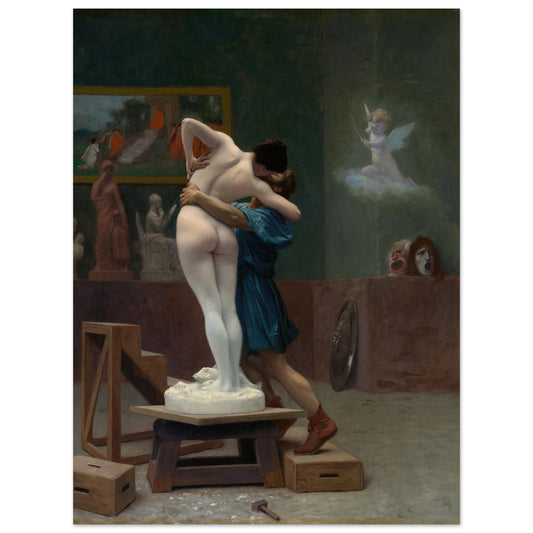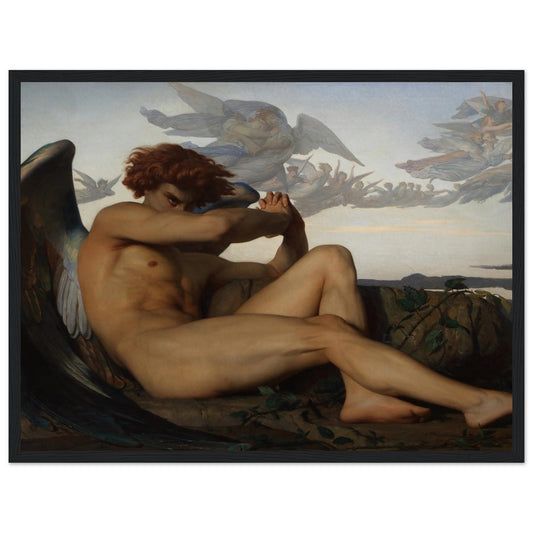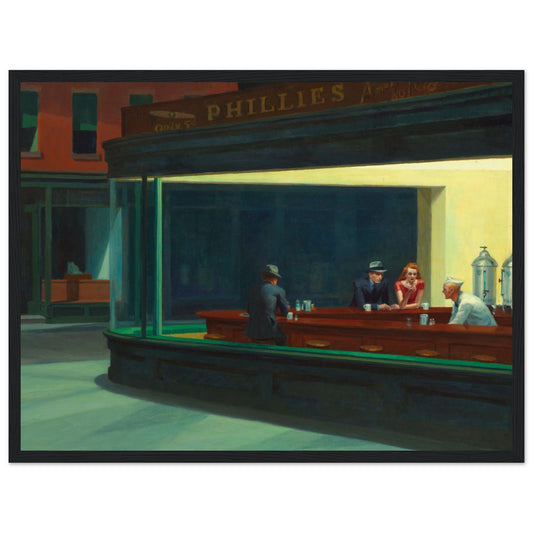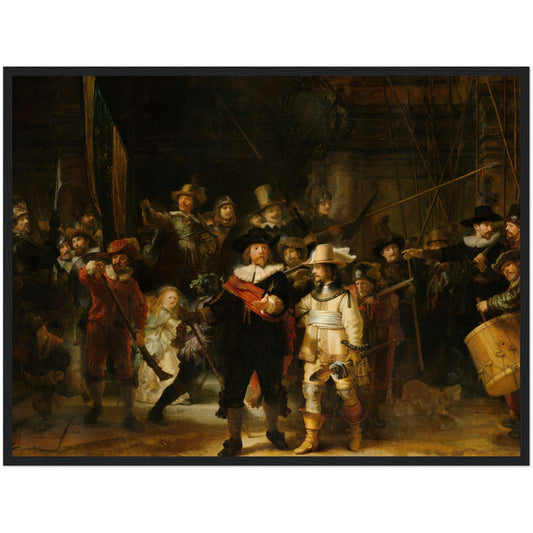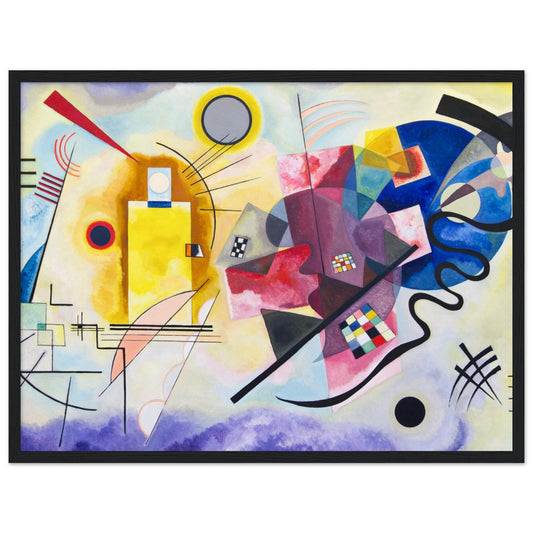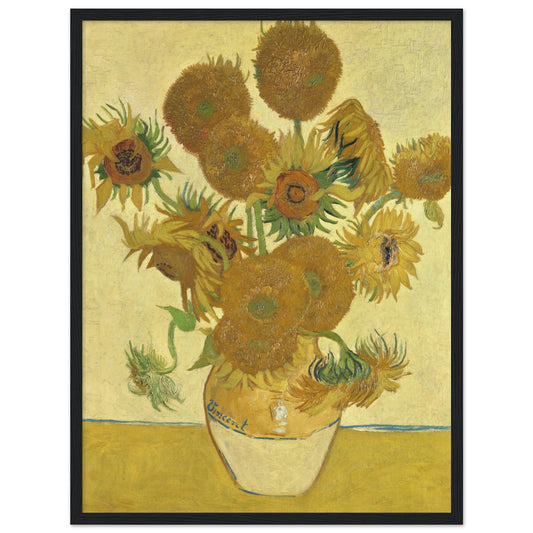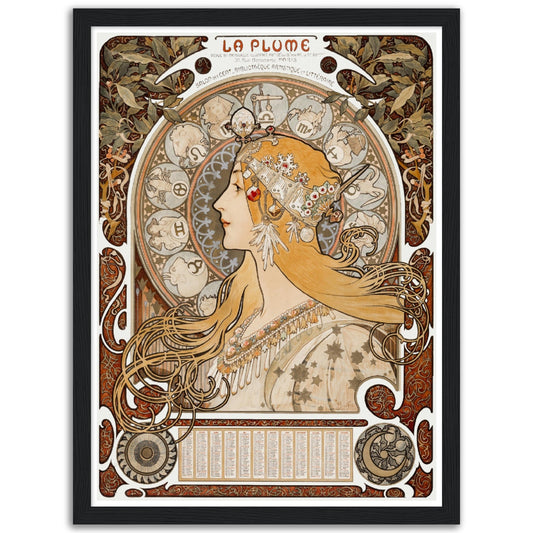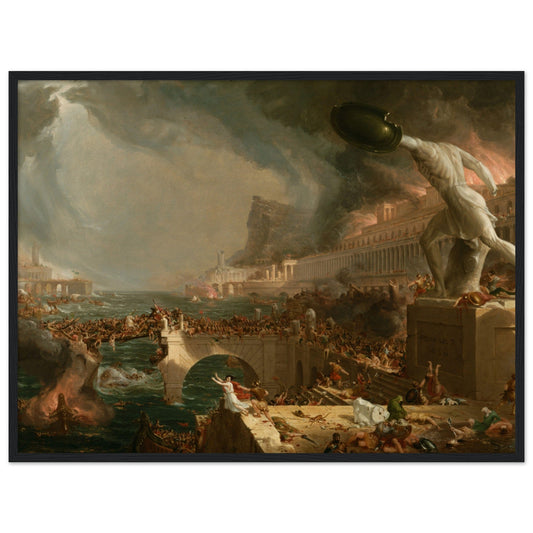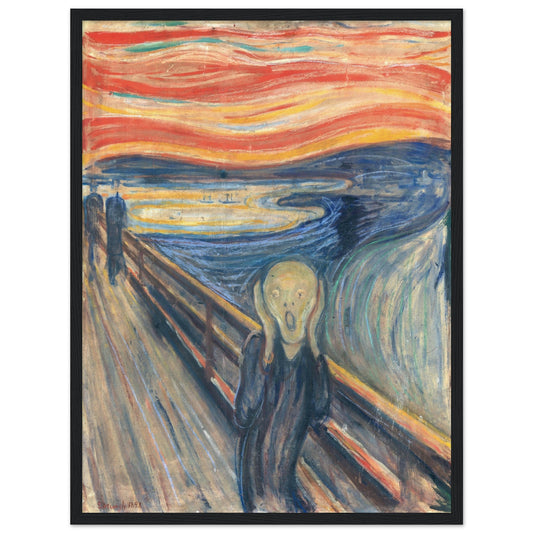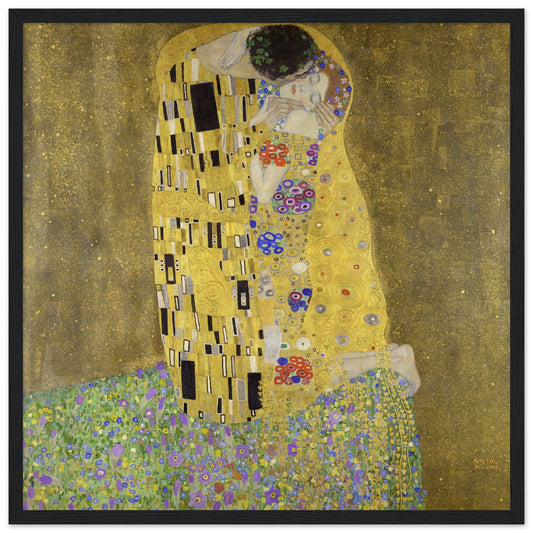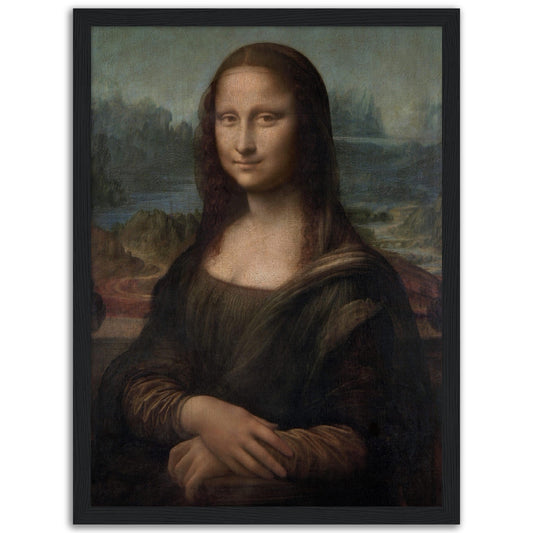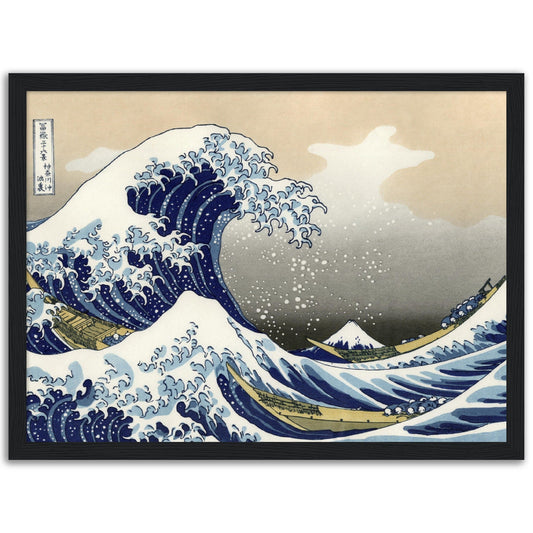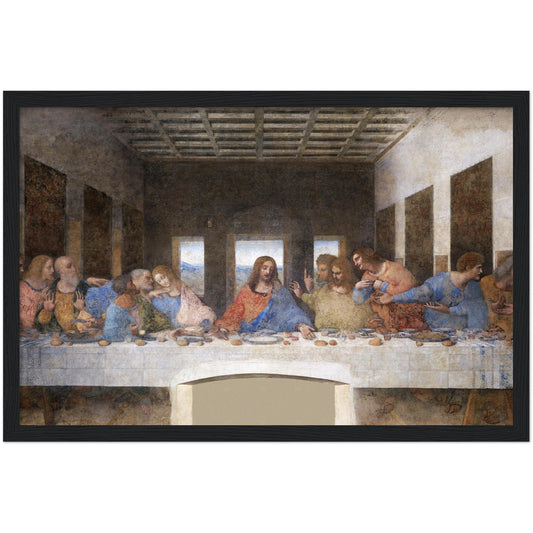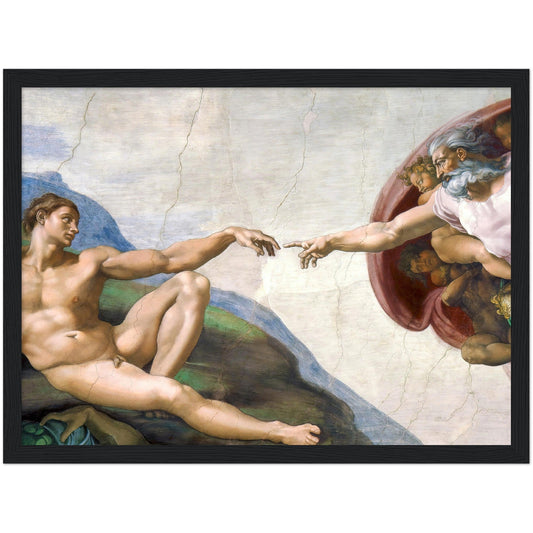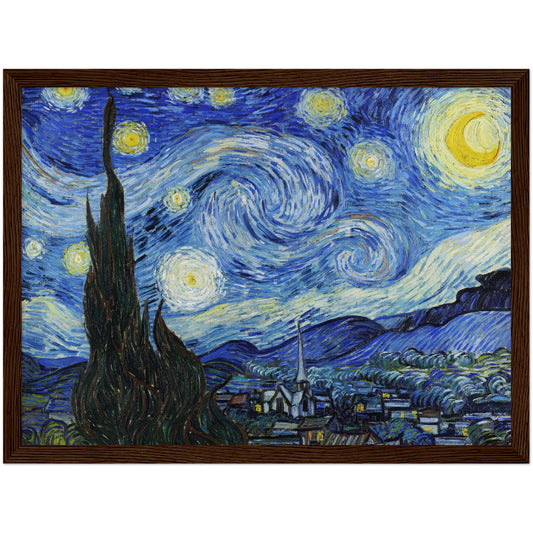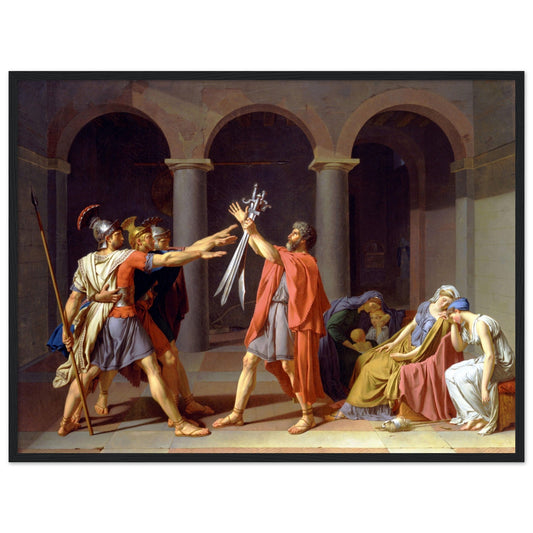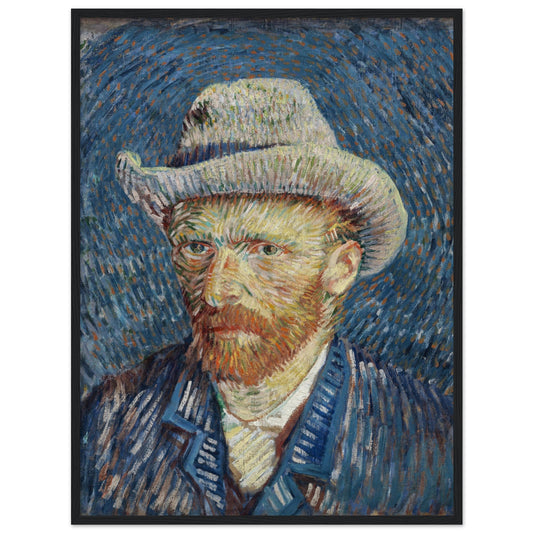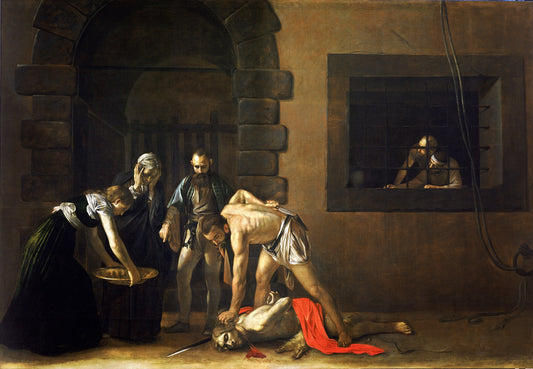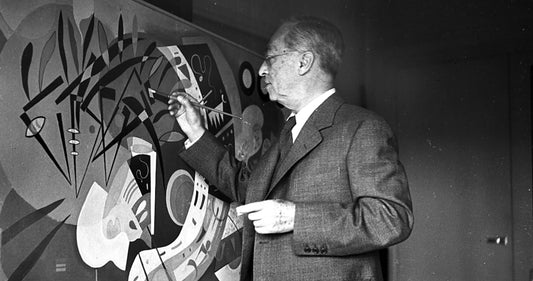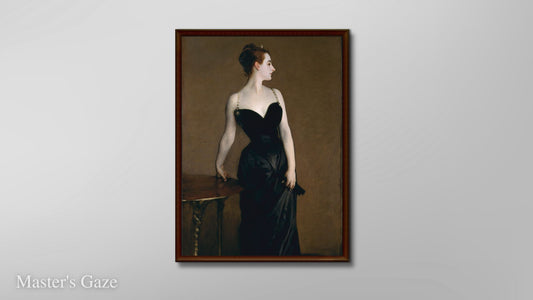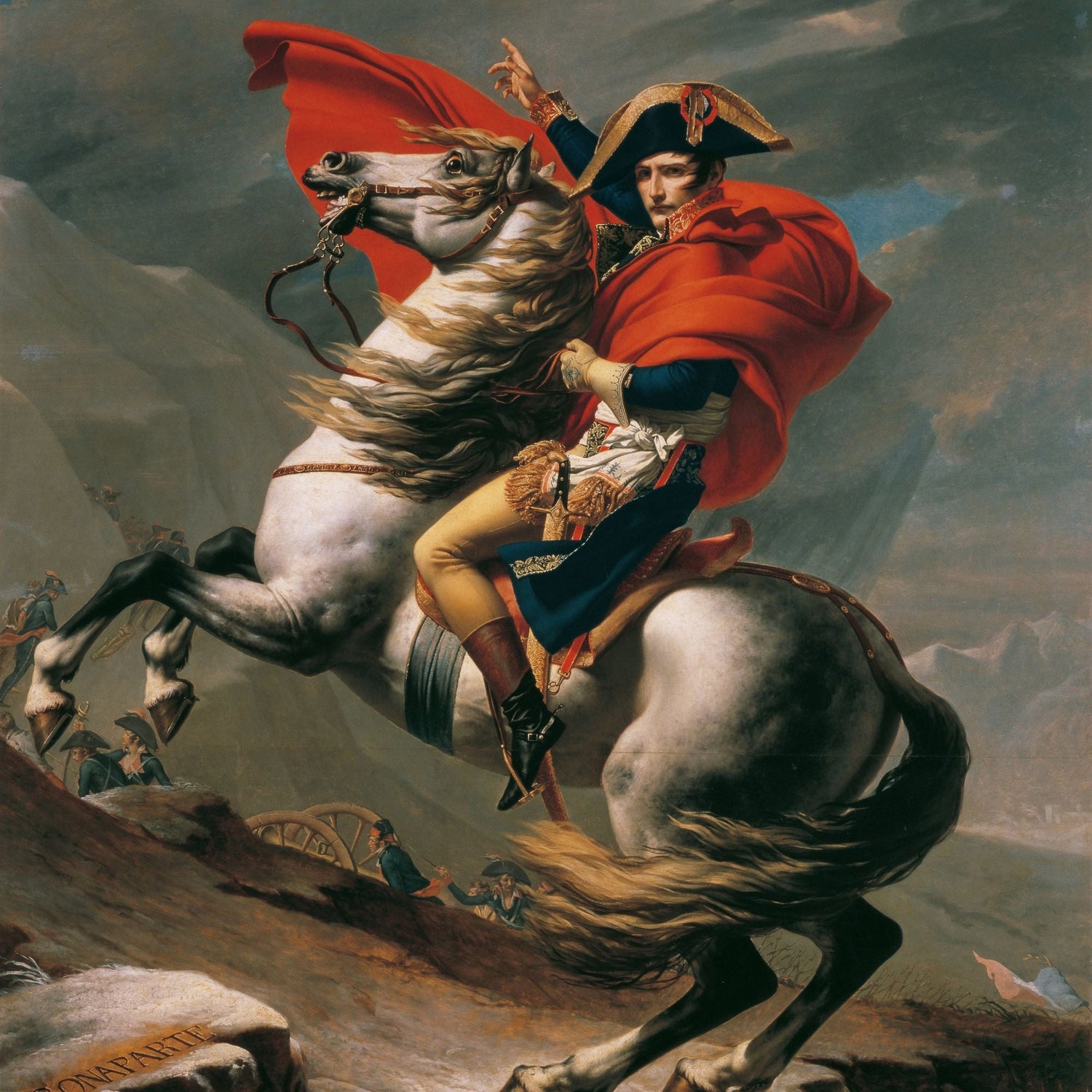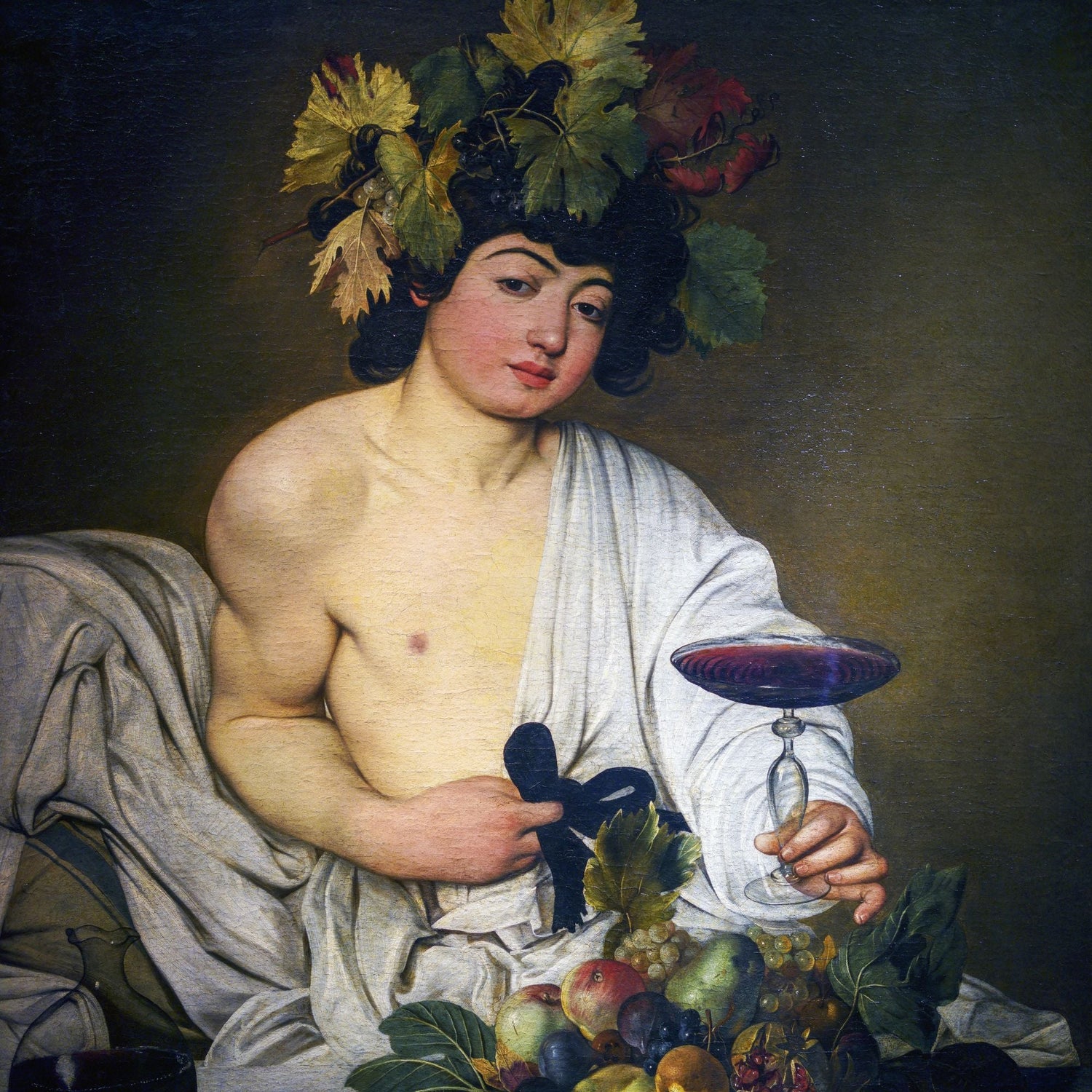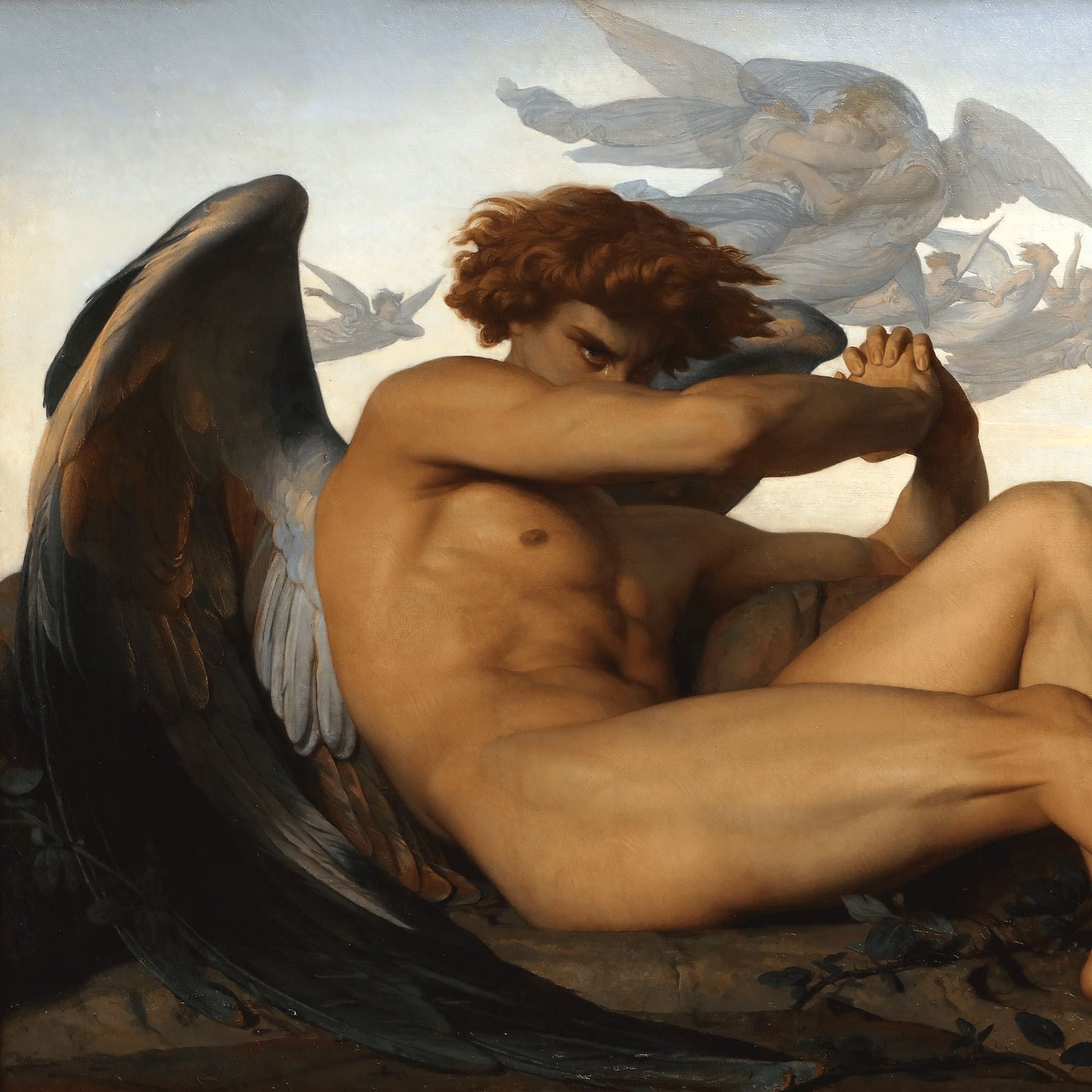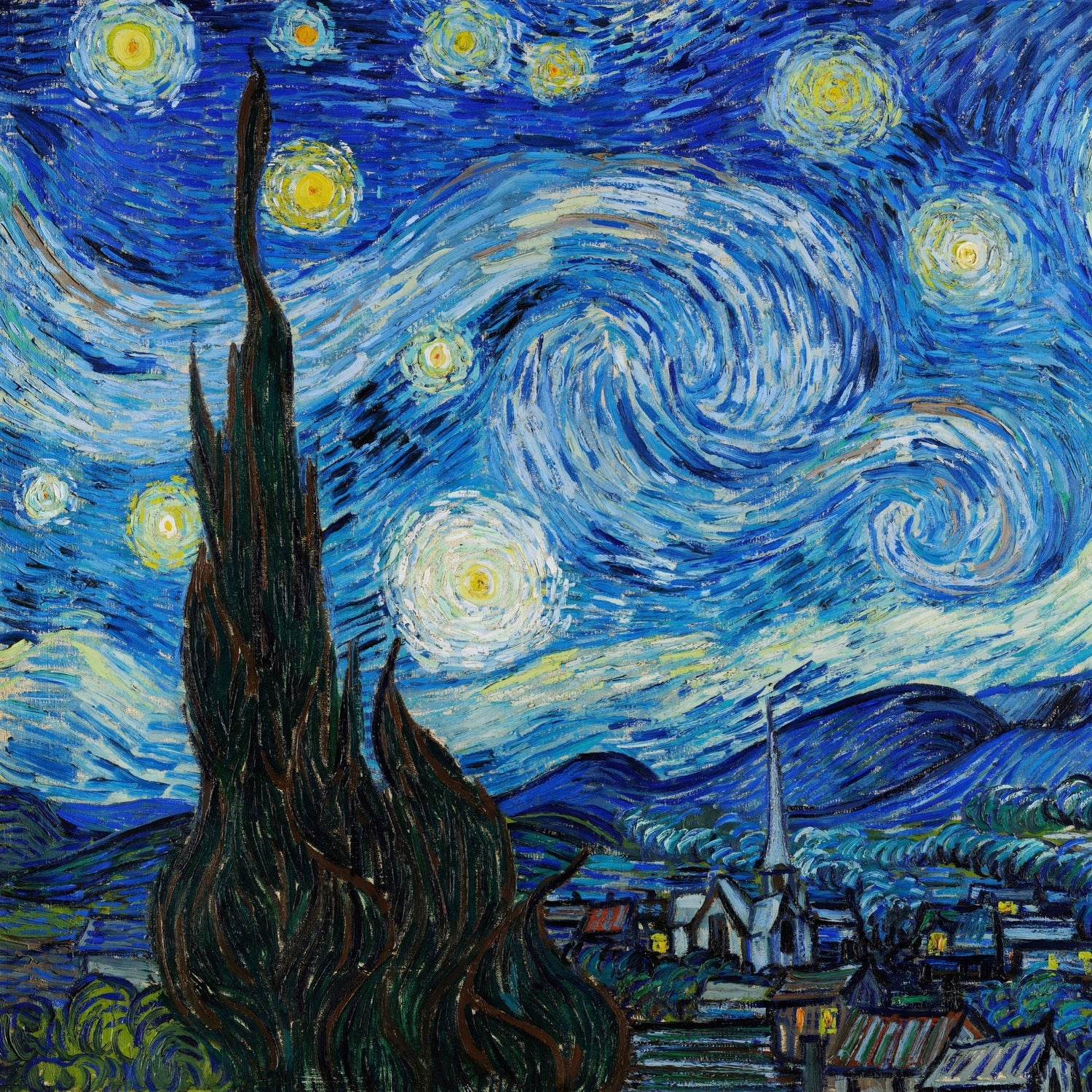Watch the full video here:
When we think of iconic art, this is one piece that inevitably comes to mind. His distorted figure, blood-red sky, and silent scream are engraved in our collective memory. This is not just a painting, it is an invitation to confront the haunting realities of our own existence. Indeed, his psychology was central to his art, as it represented his emotional and psychological state. Not everyone knows that this work has three other versions and that it represents only a first part of a much broader discourse represented by the second painting called "Anxiety".
But what inspired Munch to create such a fascinating and haunting masterpiece? Why does he resonate with us even today?
Today we're going to break down Munch's scream, so sit back and enjoy the video.
The Background
Edvard Munch was born in Løten, Norway, he was the second of five children. His childhood was clouded by an endless series of family misfortunes: illness, mourning, and the terror of inheriting a mental condition that had frequently run in the family. As his fame and wealth grew, his emotional state became more and more fragile.
To compensate for the various absences made by his son from school for health reasons, Edvard's father introduced him to the horror-psychological dimension of the American writer Edgar Allan Poe.
From an artistic point of view, Munch had two great influences, on the one hand, naturalism was an art movement characterized by the realistic representation of human and non-human subjects.
And on the other, impressionism, where artists created a new aesthetic opposite to academic art.
The young artist embarked on a path of reflection and personal growth, with the support of a "diary of the soul" in which he wrote his thoughts of him. This proved to be a turning point for the artistic production of Munch, who already with "The sick girl", where the memory of his sister Sophie's illness is awakened, began to paint the first "canvases of the soul", a decisive point break with impressionism.
The Scream
“the human condition has an important role in human life.”
The Scream was a picture he painted to represent his soul.
Munch explained that he painted a moment of existential crisis. He was walking down a road similar to the one in the painting, while the sun was setting, creating a beautiful, vibrant background. His friends were walking with him, but, looking out at the sky in front of them, he stopped, while they continued walking. He then described having what we would now consider a panic attack; he suddenly became tired, anxious, claustrophobic, and the weight of nature and the world hit him all at once.
So, what caused such an enormous reaction in Munch’s mind that day?
Munch’s was an attack mixed with an existential crisis. Was there something more going on in his life that could have led to a momentary breakdown or disassociation from reality? The answer is yes.
Before his breakdown, one of his sisters was committed to a mental asylum because of her severe mental health issues. In addition to that, he struggled with the loss of his mother at five years old, and at about thirteen years old, he lost one of his sisters. Both died of tuberculosis. In fact, his past was incredibly traumatic, which likely contributed to both his existential crisis and the idea to go through with painting The Scream. As a child, he suffered from health issues and missed a lot of school — the issues even caused him to be unable to go outside in winter. His father was verbally abusive and used Munch’s dead mother to further the verbal abuse, claiming she would not be proud of her children. Later, he suffered more abuse at the hands of his father because he disliked Munch’s career. His early works suffered criticism at the hands of the general public. It’s clear that the trauma of his childhood inflicted many mental health issues on him, and the continued abuse and stress of his career certainly weren’t helping.
Description
The scream represents an ascending path on a hill above the city of Oslo. On this path a piercing, acute scream is being consumed, which in this work acquires an indefinite and universal character, elevating the scene to a symbol of the collective drama of anguish, pain, and fear. The screaming subject is the terrified figure in the foreground, who to emit the cry (and not to protect himself from it) compresses his head with his hands, losing all form and becoming prey to his own feeling: more than a man, in fact, he remembers an ectoplasm, with its snake-like body, almost without a skeleton, hairless, deformed. He is lost together with his heartbroken voice and his human form among the tongues of fire in the sky; his nostrils are dilated and his eyes are wide open, witnesses of an unclean abomination. But the true center of the work is constituted by the mouth which, opening in an unnatural spasm, emits a cry that distorts the entire landscape, which in this way restores a sensation of disharmony, imbalance. This feeling of malaise is not exclusive to Munch's background or soul: it is in fact distinctive of the “end of the century” pessimism widespread in that period, which began to question the certainties of the human being, just as Sigmund Freud investigated the abyss of the unconscious.
Only the parapet and the two characters on the left of the composition remain unchanged and straight. These two human figures are deaf both to the cry and to the emotional upheaval expressed by the painter: not surprisingly, they are placed on the edge of the composition, as if they wanted to get out of the picture. It is in this way that Munch returns to us with a metaphor for the falseness of human relationships in a very raw and lucid way. On the right, however, is the landscape, unnatural and unwelcoming, almost as if it were an appendage of the artist's restlessness: the sea is a black and oily mass, while the sky is furrowed by tongues of fire, with wavy clouds which appear to be full of blood.
Anxiety
After painting The Scream, Munch checked himself into a mental health hospital because he claimed he was hearing voices. His piece titled Anxiety, painted after The Scream looks eerily similar to the famous painting.
In Anxiety, he literally copies the entire background of The Scream onto the painting. The figures in the back are the same, and even the clothes are similar. There are, however, two major differences. There are many people this time, all facing towards the viewer. And none of them are actually screaming.
What could such a follow-up mean?
In this painting, he wanted to tell society that all of us are together in our fears and worries, and that perhaps there were hundreds of thousands of people that had walked before him on that bridge and experienced the same discomfort and feelings.
Anxiety plays on collective fear. In The Scream, the tortured individual on the bridge is all alone.
So, he extends his anxiety to a lot of people, who find a voice in this painting. No more hiding and pretending everything is fine.
Coltural Context
The importance of these two paintings is due to a general feeling that was developing in those years.
"End of a century" was a cultural movement, widespread in central Europe in particular, which can be placed, historically, between 1880 and the beginning of the First World War.
It corresponds to a period perceived by its protagonists as the expression of the collapse of a system of values and a model of life, and, at the same time, as the dawn of a new era.
Industrialization and economic change have brought fear, obsession, disease and political turmoil.
Movements of thought were developing about society and man's role in it.
Science has long tried to explain facts that have led to progress but have failed to give satisfactory answers to men about themselves, their needs, and their desires.
Sigmund Freud tried to investigate the human psyche, but the social and economic context led people to alienate themselves from a productive system that still continues today.
This is why Munch's scream is the manifesto of a human condition of alienation that exists.
The other screm
Between 1893 and 1910, the artist created three other versions of the same subject.
Munch created four versions, two in paint and two in pastels. The first painted version was the first exhibited, debuting in 1893. This is the version that has the barely visible pencil inscription "could only have been painted by a madman". A pastel version from that year, which may have been a preliminary study. The second pastel version, from 1895, was owned by a German Jewish art collector, and It was sold for $119,922,600 at Sotheby's Impressionist and Modern Art auction in 2012. The second painted version dates from 1910, during a period when Munch revisited some of his prior compositions.
Additionally, Munch created a lithograph stone of the composition in 1895 from which several prints produced by Munch survive.
Subscribe to our official Youtube Channel to be updated on all our videos:




